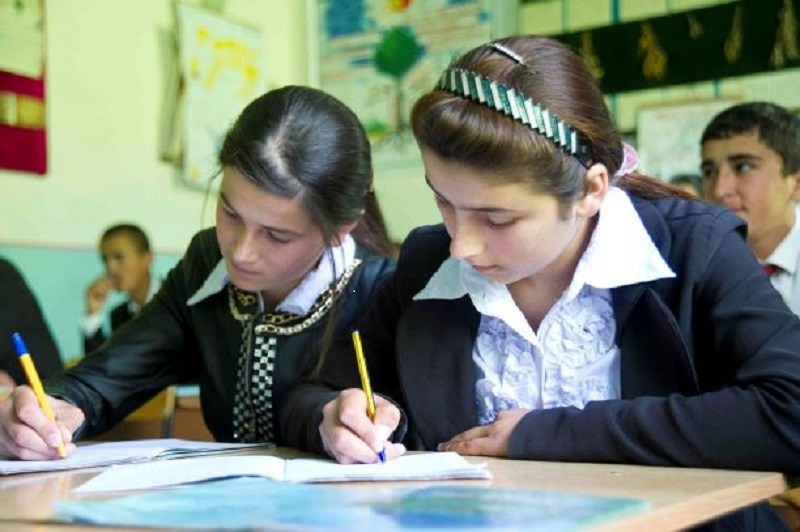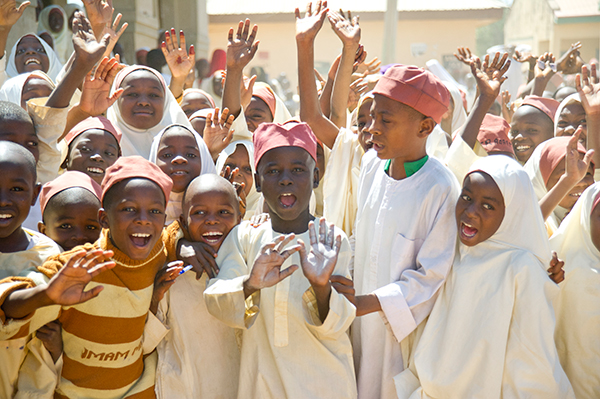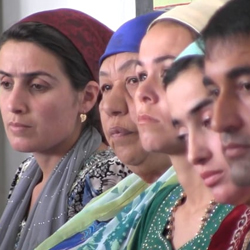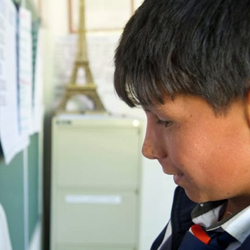A violência contra mulheres e meninas na Ásia Central parece intratável. Mas eu vivi e trabalhei lá e sei que não é. Existem soluções.
Vários anos atrás, Eu tive uma grande oportunidade de ser voluntário como consultor de monitoramento e avaliação com CUSO International no Tajiquistão. Fui colocado para trabalhar na prevenção do programa de violência doméstica em Dushanbe, Tadjiquistão.
Financiado pela Agência de Desenvolvimento Suíço, O chefe do Escritório de Violência Doméstica Prevenção estava trabalhando com cinco organizações locais na região de Dushanbe e Khatlon para abordar a violência doméstica e seus efeitos prejudiciais em mulheres e crianças. Meu papel era aumentar a capacidade dos parceiros e desenvolver M&E ferramentas para medir o progresso de seus projetos. O trabalho dos parceiros não foi fácil; A violência doméstica é um problema multifacetado.
Violência e violência doméstica contra mulheres e meninas em geral são galopantes não apenas no Tajiquistão, Mas em toda a região da Ásia Central. De Bride-Kidnapping no Quirguistão, para suicídio feminino no Tajiquistão e o insistência de que as noivas sejam virgens no Uzbequistão, O problema está profundamente enraizado na maneira como a sociedade vê uma mulher - como propriedade.
De acordo com Mulheres da ONU, aproximadamente 30 porcentagem das mulheres na República do Quirguistão e 20 Porcentagem das mulheres no Cazaquistão sofreram violência, principalmente por seus parceiros íntimos. Uma em cada cinco mulheres experimenta violência doméstica no Tajiquistão, As estatísticas nacionais não estão disponíveis para o Uzbequistão.

Uma parte da solução: Escolas mais seguras
Embora alguns estados da Ásia Central adotassem leis que tratam da violência doméstica, Mais trabalho precisa ser feito. Um lugar para começar é capacitar as meninas, mantendo -as nas escolas e criando um ambiente escolar seguro para elas.
Creative Associates International trabalhou no Tajiquistão em Programa de escolas seguras para prevenir a violência contra mulheres e meninas como parte do Projeto de aprendizado de qualidade financiado pelo NÓS. Agência para o Desenvolvimento Internacional.
O programa de escolas seguras foi lançado no Tajiquistão em 2009 Em resposta a preocupações crescentes com a segurança escolar. Especificamente, A USAID queria abordar a tolerância à violência em relação às meninas e sua remoção precoce da escola. Sob o programa, Criativo treinado 400 professores de 20 escolas e 400 Conselheiros comunitários em técnicas de prevenção e respostas apropriadas à violência contra mulheres e meninas.
As escolas seguras foram um dos primeiros programas para usar sistematicamente uma abordagem de gênero para entender e depois desenvolver intervenções para reduzir a violência contra mulheres e meninas. Essa abordagem atendeu às necessidades de meninos e meninas e incluiu a identificação da relação entre as definições tradicionais de papéis de gênero e os tipos de abuso e violência que os jovens experimentam - não apenas a provocação sexual, assédio e abuso geralmente direcionados a meninas, mas também o bullying e a punição corporal sofridos principalmente por meninos.
Creative descobriu que muitos professores de tajiques não estavam considerando as responsabilidades e as pressões que as meninas enfrentaram que poderiam estar impedindo sua capacidade de estudar. Através do projeto, os professores ficaram melhor equipados para apoiar as meninas e fazer esforços adicionais para ajudar a aumentar sua autoconfiança. As atividades do programa ajudaram os professores a entender e questionar as restrições de que os papéis tradicionais de gênero e a dinâmica de poder masculino/feminino colocam o comportamento e as aspirações dos alunos.
O programa também se esforçou para criar espaços escolares seguros, fortalecendo os relacionamentos entre os funcionários das escolas, incluindo professores, enfermeiros e psicólogos. No final do programa, 28,860 Os alunos tiveram acesso a serviços de aconselhamento e referência.
Creative implementou o programa na mesma época em que eu estava voluntário com o CUSO. O programa de escolas seguras gerenciado pela Creative e as atividades da prevenção de parceiros de violência doméstica foram significativos no nível local.
Abordagem holística do problema
Mas mais trabalho é necessário não apenas no Tajiquistão, Mas em toda a região da Ásia Central.
O que pode ser feito para fazer maior progresso?
Precisamos de uma solução holística que aborda a falta de serviços psicossociais, melhora a sensibilização da polícia, Garante serviços médicos apropriados e funcionários treinados. A região precisa de mais recursos para linhas diretas e abrigos. Implementando e aplicando leis que protegem mulheres e meninas devem ter prioridade nas agendas dos estados da Ásia Central.
Finalmente, Sistemas fortes de monitoramento e avaliação precisam ser estabelecidos para responsabilizar os provedores de serviços, para capacitar as mulheres a exigir mudanças, e pressione os governos para agir e dedicar mais recursos para lidar com esta epidemia.
É comum falar muito das mulheres na região, Então, vamos praticar o que pregamos.
Nigina Valentini é gerente técnico de monitoramento e avaliação da Creative Associates International



